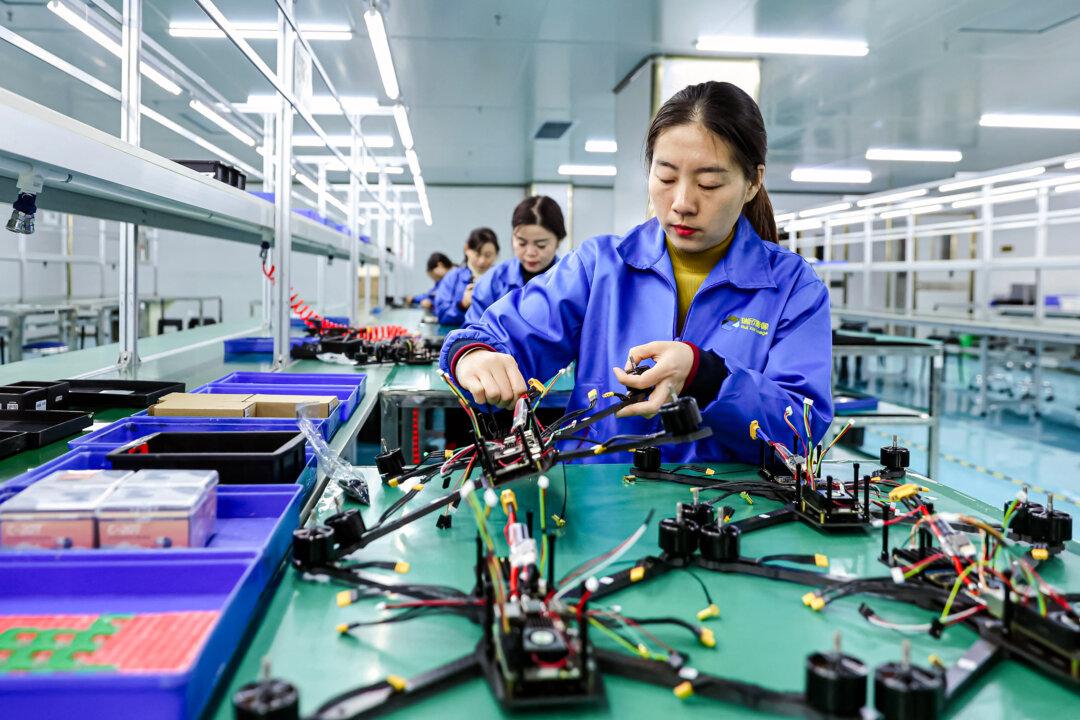Queensland Premier Annastacia Palaszczuk has moved to assuage concerns that Australians could lose jobs under her government’s ambitious clean energy plan.
The Labor government’s A$62 billion (US$39.59 billion) plan includes a promise to create 100,000 new jobs by 2040.





